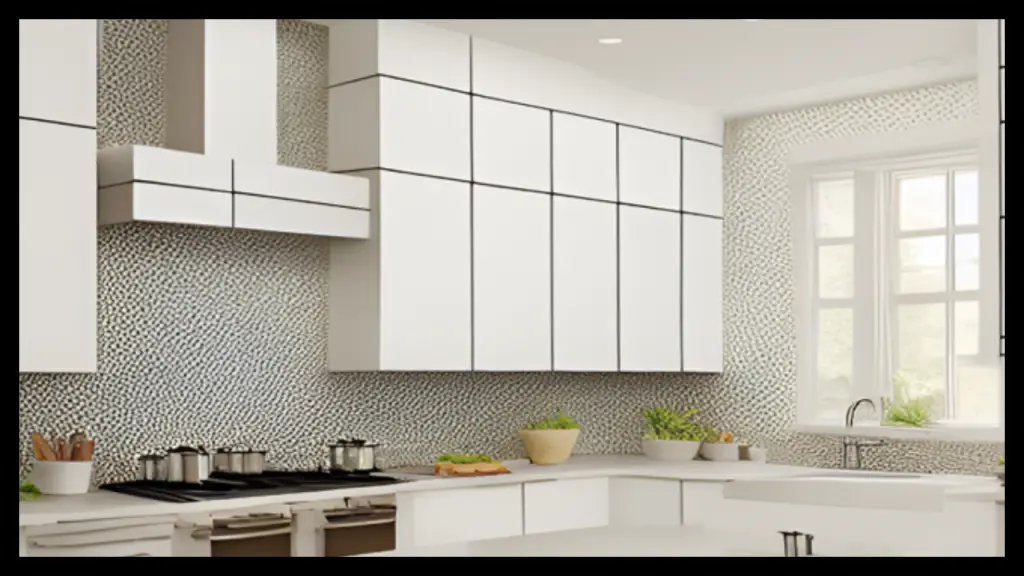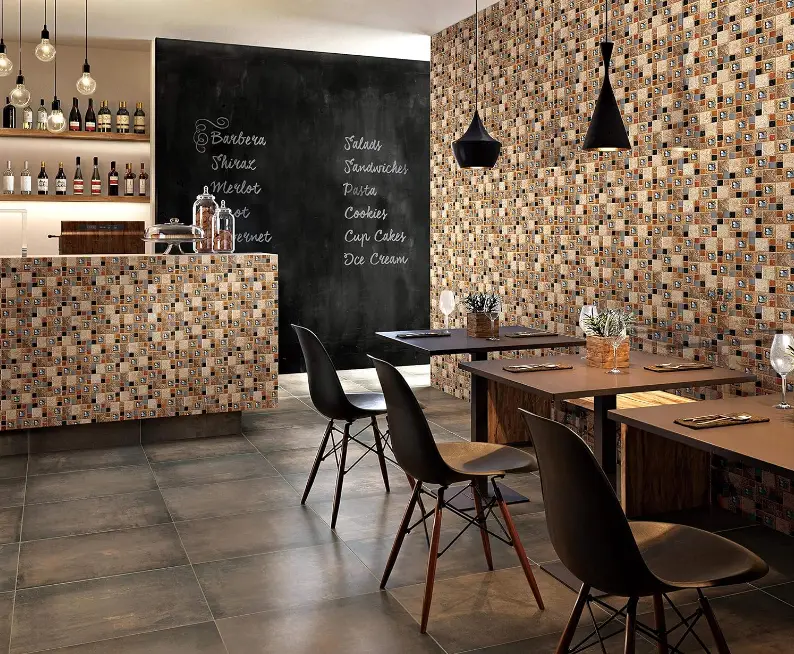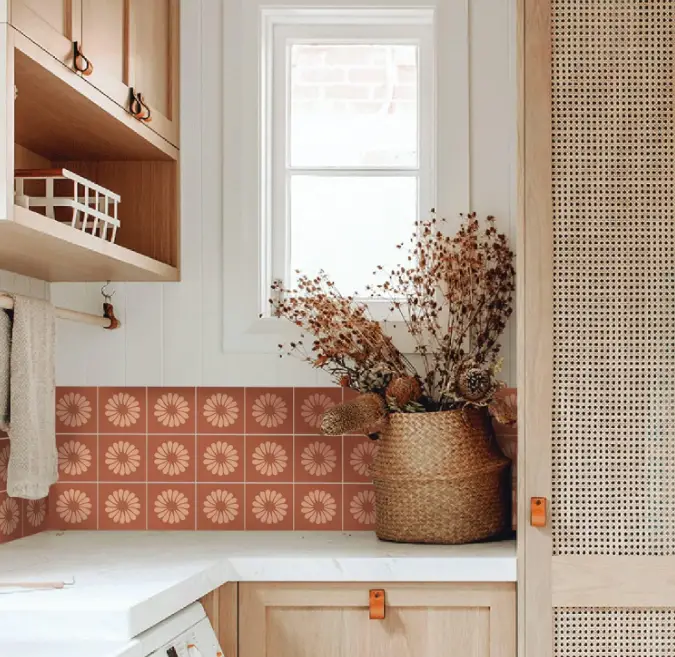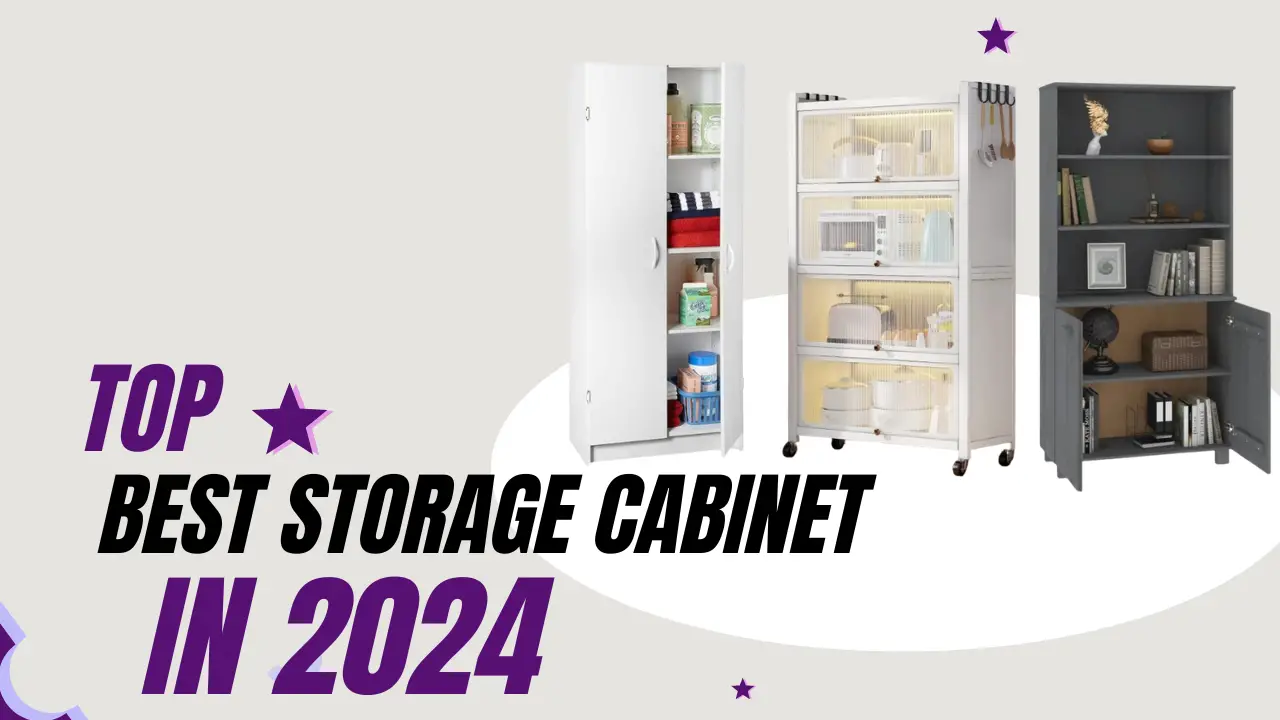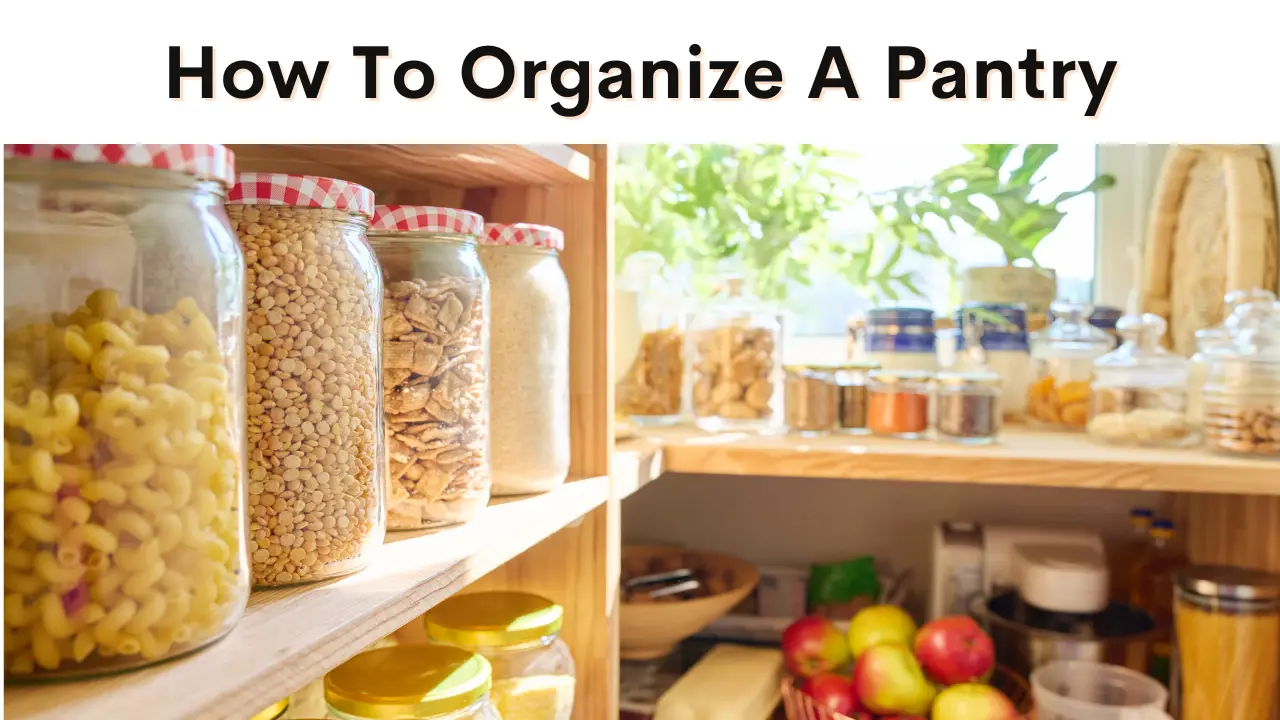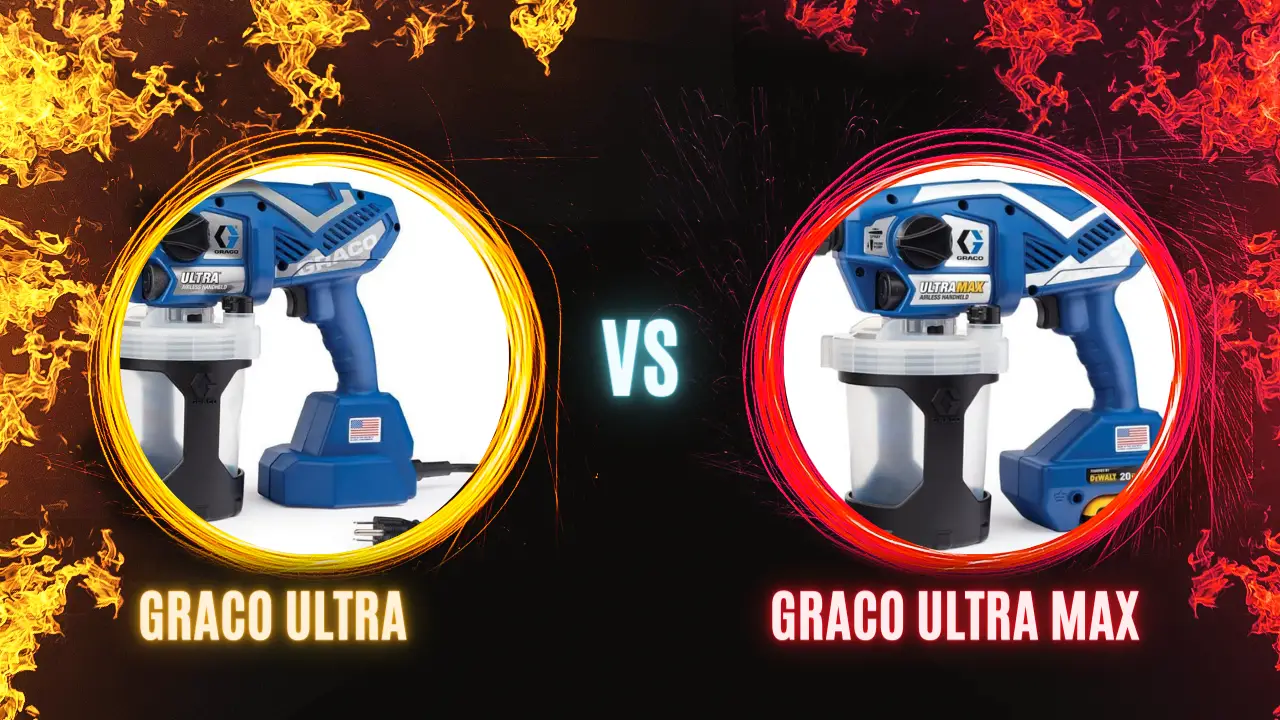Imagine stepping into your kitchen, a place where the aroma of delicious meals fills the air and the heart of your home beats with warmth. Now, picture this space elevated to new heights of elegance and style, courtesy of the often-overlooked hero: kitchen backsplash wall panels.
Understanding the Essence: What are Kitchen Backsplash Wall Panels?
In the dance of kitchen aesthetics, backsplash wall panels take the lead. Kitchen backsplash panels, typically crafted from a variety of materials like glass, tile, or stainless steel, serve a dual purpose. They protect your walls from the inevitable splashes and spills while adding a touch of personality to your culinary haven.
The Artistry of Materials: Choosing the Perfect Backsplash
Selecting the right material for your kitchen backsplash is akin to choosing the perfect ingredient for a recipe. From classic ceramic tiles to avant-garde glass panels, each material contributes to the visual symphony of your kitchen. Discover which one resonates with your style and culinary personality.
Installation Magic: DIY or Call in the Pros?
Is installing kitchen backsplash wall panels a job for the seasoned DIY enthusiast, or should you entrust this task to the professionals? We delve into the pros and cons, guiding you through the decision-making process. Whether you’re a weekend warrior or prefer a hands-off approach, find the installation method that suits you best.
Installing kitchen backsplash wall panels can be a DIY project for those with some level of experience and comfort working with tools and home improvement projects. However, whether it’s suitable for a seasoned DIY enthusiast or better left to professionals depends on various factors. Let’s delve into the pros and cons:
Pros of DIY Installation:
- Cost Savings: Doing it yourself can save money on labor costs associated with hiring a professional.
- Personal Satisfaction: Completing a DIY project successfully can be personally rewarding and give you a sense of accomplishment.
- Flexibility: You have control over the design, materials, and timeline of the project.
- Learning Experience: It provides an opportunity to learn new skills and gain experience in home improvement.
Cons of DIY Installation:
- Skill and Experience: Installing the backsplash requires precision and attention to detail. If you lack experience, mistakes can be costly to fix.
- Time-Consuming: DIY projects often take more time, especially if you’re not familiar with the process.
- Tools and Materials: You may need to invest in specific tools and materials, which could offset some of the cost savings.
- Potential for Errors: A poorly installed backsplash not only looks bad but may also lead to issues like water damage if not sealed correctly.
Pros of Professional Installation:
- Expertise: Professionals have experience and training, ensuring a high-quality installation.
- Time-Efficient: Professionals can complete the job more quickly, minimizing disruption to your daily life.
- Guarantee/Warranty: Many professionals offer guarantees or warranties on their work, providing peace of mind.
- Avoiding Mistakes: Professionals are less likely to make errors that could lead to future problems.
Cons of Professional Installation:
- Cost: Hiring professionals is more expensive than doing it yourself due to labor costs.
- Less Control: You may have less control over the process and design choices if you hire someone else.
- Scheduling: You may need to work around the schedule of the professionals, which could cause delays.
If you have some DIY experience and feel comfortable with the tools involved, installing kitchen backsplash wall panels can be a rewarding project. However, if precision and expertise are crucial, or if you have a complex design, hiring a professional might be the better option. Assess your skills, the complexity of the project, and your budget before deciding which route to take.
Beyond Aesthetics: The Functional Benefits of Backsplash Panels
Kitchen backsplash panels aren’t just pretty faces; they offer practical benefits too. Protecting Your Walls from moisture, grease, and stains, these panels simplify cleaning and maintenance. Dive into the functional aspects that make them an indispensable part of a well-designed kitchen.
Backsplash panels in a kitchen offer several functional benefits that go beyond their aesthetic appeal. Here are some key functional advantages of installing backsplash panels:
Protection from Splashes and Stains:
- One of the primary functions of a backsplash is to protect the walls from splashes, spills, and stains that can occur during cooking and food preparation.
- The smooth and easy-to-clean surface of backsplash panels makes it simple to wipe away grease, food splatter, and other kitchen messes, preventing permanent damage to the wall.
Easy Maintenance:
- Backsplash panels are typically made from materials that are resistant to stains and moisture. This makes them easy to clean and maintain, requiring only a quick wipe-down to keep them looking fresh.
- This ease of maintenance is particularly beneficial in the kitchen, where cleanliness is crucial for both hygiene and aesthetics.
Durability:
- Backsplash panels are designed to withstand the wear and tear of daily kitchen activities. They are often made from durable materials such as ceramic, glass, or stainless steel.
- The durability of these panels ensures that they can endure the heat, humidity, and physical impact associated with the kitchen environment.
Preventing Water Damage:
- In areas where water exposure is common, such as behind the sink or stove, a backsplash provides a protective barrier against water damage. It prevents water from seeping into the walls, which can lead to structural issues and mold growth.
Enhanced Hygiene:
- The smooth and non-porous surface of backsplash panels inhibits the growth of bacteria and mold. This feature is especially important in a kitchen, where hygiene is essential for food safety.
Customizable Design:
- Beyond their functional benefits, backsplash panels contribute to the overall design and aesthetic of the kitchen. They are available in a wide range of colors, patterns, and materials, allowing homeowners to customize the look of their kitchen space.
Increased Property Value:
- Installing a stylish and functional backsplash can enhance the overall appeal of the kitchen. This, in turn, can contribute to an increase in the resale value of the property.
Easy Installation and Replacement:
- Backsplash panels are often designed for easy installation, whether through adhesive backing, interlocking systems, or traditional methods. This makes them a convenient choice for both DIY enthusiasts and professionals.
- If a section of the backsplash becomes damaged or outdated, it can be relatively easy to replace without major disruptions to the kitchen.
Colors and Patterns: Infusing Personality into Your Space
Your kitchen should reflect your personality, and the colors and patterns of your backsplash can play a pivotal role. Explore the psychology behind colors, from calming blues to vibrant reds, and discover how patterns can create visual interest. Unleash your creativity and make a statement with your kitchen’s visual narrative.
Budget-Friendly Brilliance: Affordable Backsplash Options
Revamping your kitchen doesn’t have to break the bank. We unveil budget-friendly options that let you achieve a stylish look without a hefty price tag. From peel-and-stick tiles to cost-effective materials, discover how to elevate your kitchen without compromising your budget.
Maintenance Made Easy: Tips for a Pristine Backsplash
Once your kitchen boasts a stunning backsplash, maintaining its beauty becomes paramount. Learn practical tips and tricks for keeping your backsplash in pristine condition. From cleaning hacks to preventive measures, ensure your kitchen remains a beacon of cleanliness and style.
Maintaining a pristine backsplash involves regular cleaning and some preventive measures. Here are practical tips and tricks to help you keep your backsplash in excellent condition:
Daily Wiping: Make it a habit to wipe down your backsplash after cooking each day. Use a damp cloth or sponge to remove any splatters, grease, or food residues. This prevents build-up and makes the cleaning process easier in the long run.
Use Mild Cleaning Solutions: When cleaning your backsplash, opt for mild cleaning solutions. Mix a solution of warm water and a gentle dish soap. Avoid abrasive or harsh chemicals that could damage the surface of the backsplash material.
Avoid Abrasive Tools: Stick to soft sponges or cloths when cleaning your backsplash. Avoid using abrasive tools or scouring pads, as these can scratch and damage the surface.
Regular Sealing (if applicable): If your backsplash is made of materials like natural stone or unglazed ceramic, consider applying a sealer to protect it from stains and water damage. Follow the manufacturer’s recommendations for sealing frequency.
Invest in a Quality Grout Sealer: If your backsplash has grout lines, use a quality grout sealer to prevent staining and discoloration. Grout is susceptible to dirt and grime, and sealing helps maintain its appearance.
Prompt Stain Removal: Address any stains or spills promptly. The longer a stain sits, the more challenging it can be to remove. Use an appropriate cleaning solution for the specific type of stain you’re dealing with.
Avoid Harsh Chemicals: Steer clear of strong chemicals, such as bleach or abrasive cleaners, especially if your backsplash is made of sensitive materials like marble or certain types of glass.
Use Protective Mats or Splash Guards: Consider placing protective mats or splash guards in areas that are more prone to splashes, such as behind the sink or stove. This helps minimize direct contact with potential staining agents.
Regular Dusting: Dust your backsplash regularly to prevent the accumulation of loose dirt and debris. Use a soft, dry cloth or a duster for this purpose.
Inspect and Repair Grout: Periodically inspect the grout lines for any cracks or signs of deterioration. Repair or replace damaged grout promptly to prevent water infiltration.
Be Mindful of Cooking Practices: Adjust your cooking practices to minimize splatters. Use splatter screens when frying, and be mindful of the intensity of heat when cooking.
Avoid Hanging Items Directly on Backsplash: Avoid hanging heavy or sharp objects directly on the backsplash, as this can cause damage. Use alternative methods, like hooks or racks mounted on the wall.
Personal Touch: Customizing Your Backsplash for a Unique Vibe
Why settle for the ordinary when you can have the extraordinary? Dive into the realm of customization and discover how to infuse your personal touch into your kitchen backsplash. From family photos to unique tile layouts, let your kitchen tell your story.
Sustainability Matters: Eco-Friendly Backsplash Choices
As the world embraces sustainability, your kitchen can too. Explore eco-friendly options for your backsplash, from recycled materials to energy-efficient production processes. Elevate your kitchen’s style while contributing to a greener, more sustainable planet.
Choosing an eco-friendly backsplash is a great way to reduce your environmental impact while enhancing the sustainability of your kitchen. Here are several eco-friendly backsplash choices to consider:
Recycled Glass Tiles: Tiles made from recycled glass are a sustainable option. They are available in various colors and patterns and contribute to the reuse of materials.
Bamboo Panels: Bamboo is a rapidly renewable resource and can be used to create stylish backsplash panels. It’s durable, water-resistant, and adds a natural touch to your kitchen.
Cork Tiles: Cork is a renewable material harvested from the bark of cork oak trees. It’s lightweight, antimicrobial, and provides a unique texture to your backsplash.
Reclaimed Wood: Using reclaimed wood for your backsplash is an eco-friendly choice. Old wood from sources like barns or pallets can be repurposed, reducing the demand for new timber.
Metal Tiles or Panels: Opt for metal tiles or panels made from recycled metal. These can include stainless steel, aluminum, or copper. Metal is durable, easy to clean, and can be recycled again at the end of its life.
Salvaged Tiles: Look for tiles made from salvaged or reclaimed materials. These could include antique tiles, architectural salvage, or surplus tiles from other projects.
Concrete with Recycled Content: Choose concrete tiles or panels that incorporate recycled content. Concrete is a durable and versatile material that can be customized to achieve various looks.
Porcelain or Ceramic Tiles with Recycled Content: Many manufacturers offer porcelain or ceramic tiles with recycled content. These tiles come in a wide range of styles and are durable and easy to clean.
Paper Composite Panels: Panels made from paper composite materials, such as recycled paper and non-petroleum-based resins, are a sustainable option. These panels can mimic the look of stone or wood.
Linoleum: Linoleum is a natural and biodegradable material made from linseed oil, wood flour, and other natural ingredients. It’s available in various colors and patterns and is resistant to water and heat.
Soy-Based Resin Tiles: Some tiles are made with soy-based resins instead of traditional petroleum-based ones. These tiles are often more sustainable and environmentally friendly.
Terrazzo with Recycled Aggregates: Terrazzo, a composite material made of chips of marble, quartz, granite, or glass, can be environmentally friendly when using recycled aggregates.
Natural Stone with Responsible Sourcing: If you prefer natural stone, choose materials like granite or slate with certifications ensuring responsible sourcing and minimal environmental impact.
Conclusion
In conclusion, kitchen backsplash wall panels aren’t just practical; they’re the artistic strokes that elevate your kitchen to a realm of timeless elegance. From choosing the right material to embracing future trends, the journey to a stunning kitchen begins with the often-overlooked backsplash.
FAQs
Can I install backsplash panels over existing tiles?
Yes, you can! Many backsplash options are designed for easy installation over existing surfaces, saving you time and effort.
How do I clean a glass backsplash without leaving streaks?
A mixture of vinegar and water is a fantastic glass cleaner. Wipe gently with a microfiber cloth for a streak-free shine.
Are peel-and-stick backsplash tiles durable?
Surprisingly, yes! Modern peel-and-stick tiles are designed to withstand the rigors of kitchen life and offer a durable, yet flexible, solution.
What’s the average cost of installing a backsplash?
Costs vary based on materials and labor. On average, you can expect to spend between $10 to $40 per square foot, including installation.
Can I mix different backsplash materials for a unique look?
Absolutely! Mixing materials can create a visually striking effect. Just ensure they complement each other in terms of color and style.
